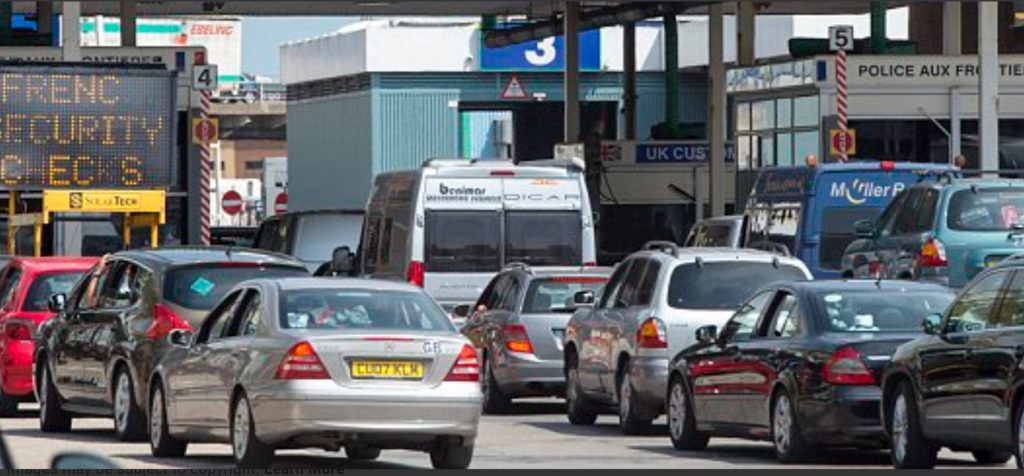
Getting ready to drive the car
Main skills in this section:
- mirrors – signal – manoeuvre, position – speed – look
- using mirrors
- using signals
- using controls and instruments
- moving away and stopping
- safe positioning
- anticipating and planning
- use of speed
- keeping the car secure
Mirrors – Signal – Manoeuvre, Position – Speed – Look
What this skill covers:
Making the MSM and PSL routine an integral part of their driving.
What you must know and understand.
MSM
Mirrors. Check the speed and position of traffic behind
Signals. Consider whether a signal is necessary. If it is, signal your intention to change course or slow down clearly and in good time
Manoeuvre. Make the manoeuvre if it’s safe. Make sure your position and speed are appropriate, and that they look and act on what you see.
Position
The vehicle is in the correct position for the manoeuvre in plenty of time if need to change direction.
Speed
Make sure the car is moving at the right speed and in a suitable gear to manoeuvre safely.
Look
Look – What do you see?
Assess – What are the options?
Decide – Depending on what you see.
Act – Either continue or wait.
Using mirrors
What this skill covers:
Using interior, exterior, flat, concave and convex mirrors. What area each mirror covers and where blinds spots are.
What you must know and understand
Why you need to use mirrors
When you need to use mirrors
How to act on what you see
Wow to carry out all-round visual checks, including blind spots, to make sure it’s safe to move off
The need to check car mirrors often and why it’s important that you do
Using signals
What this skill covers:
Using indicators and arm signals. Brake, reversing and hazard lights.
What you must know and understand
Why it’s necessary to use signals
When and how to use signals
Unnecessary signals
How road signals are used by other road users and traffic controllers
Using controls and instruments
What this skill covers:
Using controls and instruments effectively. Knowing what happens if they’re not used properly.
What you must know and understand
Accelerator
Clutch
Footbrake
The parking brake
Steering wheel
Horn
Indicators
Gears
Warning lights
Speedometer
Windscreen wipers
Hazard lights
Reversing
Sidelights
Fog lights
Headlights
Demister and heated windows
You will learn how these may vary between manufacturers.
Moving away and stopping
What this skill covers:
Moving and stopping the car in a controlled way.
Being able to do this on a level road, on a slope, when straight and at an angle.
What you must know and understand
Coordinate the accelerator, clutch and footbrake
Use the steering wheel and parking brake
Find a suitable stopping place
Be observant, knowing where and when to look, what to look for and where there may be Blind spots
You must use the MSM and PSL routine.
Safe positioning
What this skill covers:
Being able to position the car safely on different roads and traffic conditions.
What you must know and understand:
What the normal driving position is
How to position the car on bends, wide roads, narrow roads and one-way streets
What lane discipline is
How to pass stationary vehicles and obstructions safely
The positioning of other vehicles (long vehicles, cyclists etc) and how that impacts on them
Your pupil must use the MSM and PSL routine.
Anticipating and planning
What this skill covers:
Being able to anticipate the risks of driving and plan what to do in a risk situation. This could be from other road users (including emergency vehicles), animals or road works.
What must you know and understand:
How to identify and react to developing hazards
What visual warnings there may be
Times and places of high risk
The risks associated with different weather conditions
Scanning and priorities
You must use the MSM and PSL routine
Use of speed
What this skill covers:
Driving at an appropriate speed, moving with the flow of traffic and not hesitating unnecessarily.
What you must know and understand:
National speed limits
Restricted speed limits
Why they should change driving speed to suit the road, weather and traffic conditions
Why they should drive at a safe speed for pedestrians
What the stopping distances are